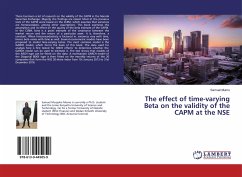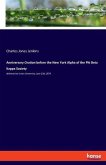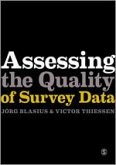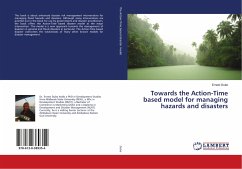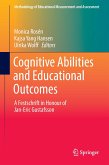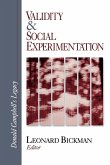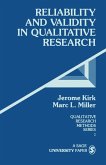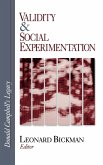There has been a lot of research on the validity of the CAPM in the Nairobi Securities Exchange. Majorly, the findings are mixed. Most of the previous tests of the CAPM were based on the CLRM, which assumes that variances are homoscedastic, among other assumptions. This book examines this assumption and its effect on the quality of the beta estimate of the CAPM. In the CLRM, beta is a point estimate of the covariance between the market return and the return of a particular asset. It is, therefore, a constant. When heteroscedasticity is factored in, variances vary with time, hence beta varies with time as well. Several econometric models have been proposed to model time-varying betas. The most common model is the GARCH model, which forms the basis of this book. The data used for analysis here is first tested for 'ARCH effects' to determine whether the GARCH model can be used to estimate it. The test shows that models of the ARCH type can be fitted on the data. A multivariate GARCHmodel of the Diagonal BEKK type is then fitted on the monthly returns of the 20 companies that form the NSE 20-share index from 1St January 2013 to 31st December 2016.
Hinweis: Dieser Artikel kann nur an eine deutsche Lieferadresse ausgeliefert werden.
Hinweis: Dieser Artikel kann nur an eine deutsche Lieferadresse ausgeliefert werden.

